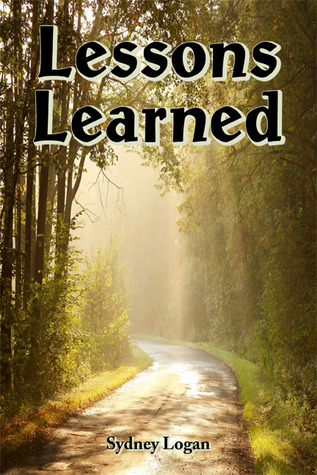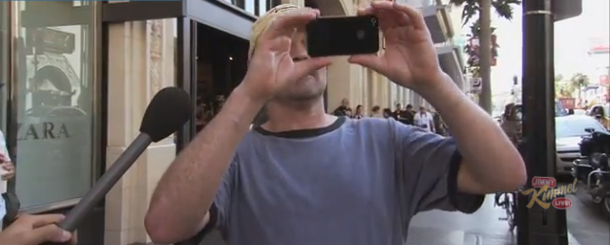Throughout the 1940s and ’50s, Michael Powell and Emeric Pressburger produced numerous films of note, many of them rivalling anything that came out of Hollywood. Their collaborations began in 1939 with the First World War thriller The Spy in Black, which Powell directed and Pressburger wrote the screenplay for. A couple of years later they co-founded their production company The Archers and made One of Our Aircraft is Missing (1942). The two would go on to share a writer-director-producer credit until the partnership ended in 1957 and along the way they gave us such classics as A Matter of Life and Death (1946), The Red Shoes (1948) and The Battle of the River Plate (1956).
Arguably their most memorable offering was Black Narcissus (1947), a wonderful psychological drama set within a convent in an isolated Himalayan valley. The stunning Technicolor photography alone is enough to imprint this movie forever on your mind and if you’ve never seen, I urge you to do so at your nearest convenience. The use of matte paintings and scale models has rarely been used with such skill and majesty and despite the fact that the landscape is clearly fake, it is lit and coloured so magnificently, that it’s all the more awesome for being so. Costumes too, seem to take on a symbolic relevance and whether it’s the godliness of white robes, the devilishness of a red dress or the honesty and frankness of being semi-naked, there’s a depth to be found in every detail we see.
The plot revolves around a group of nuns – lead by the Sister Superior Clodagh (Deborah Kerr) – who are sent to the abandoned Palace of Mopu, near Darjeeling in the Himalayas to establish a school and hospital in order to help civilise the local community. Their mountainside convent is a former harem complete with sensual mosaics and images on its walls, and making it habitable is the nuns’ first hurdle to overcome. Sister Clodagh is forced to accept the help of local British agent Dean (David Farrar) to achieve this and Dean immediately makes a hurdle of himself but in a different way. His deep-voice and hairy-chested masculinity affects the nuns to varying degrees and seems to remind several of them that they are, after all, women and as if that wasn’t enough, Jean Simmons, in a very early role, has a memorable part as a mischievous local dancing girl, who with her flowing silks and flirtatious demeanour, presents a stark contrast to the nuns’ chaste way of life.
Dean warns Clodagh from the outset that the palace is no place for a convent and later credits the high altitude as capable of playing havoc with one’s senses. It’s not long before the isolation and the atmosphere unsettles the nuns while Dean’s bullish machismo begins to affect Sister Clodagh and Sister Ruth (Kathleen Byron). Clodagh finds herself dwelling on the failed romance that drove her into the Sisterhood several years prior while Ruth becomes pathologically jealous of Clodagh’s growing friendship with Dean. The climate, the mystique of the local culture and the nuns’ own fallibility all play a part in this story and each of these adds to the tension as it rises like the mountainous peaks that surround them.
If this might sound less than exciting, do not be fooled. This film is a masterpiece. Full of psychological suspense and sexual desire Black Narcissus is, in Michael Powell’s own view, the most erotic film he ever made. “It is all done by suggestion,” he said, “but eroticism is in every frame and image from beginning to end. It is a film full of wonderful performances and passion just below the surface, which finally, at the end of the film, erupts.”
The climax is a riveting pastiche of music and image on a truly epic scale with no dialogue, just a mesmerising operatic symphony of sound that will turn your knuckles white. An interesting note here is that the music for this scene was scored before the scene was shot which meant the actors’ motivations and movements were choreographed to the music just as they would be on a stage. Truly, truly wonderful stuff.
The film collected two Academy Awards at the 1958 Oscar’s ceremony for Best Cinematography and Best Art Direction. Deborah Kerr won the New York Film Critics Circle Award for her portrayal of Sister Clodagh. It holds number 44 in the British Film Institute’s greatest British films of the 20th century and number 16 in Time Out’s 100 best British films list.
The 65 years that have passed since the film’s release hasn’t diminished its impact. The haunting beauty of the painted landscapes and backdrops and the film’s vivid colour simply adds to its lasting appeal. To see it once, is to never forget it.











